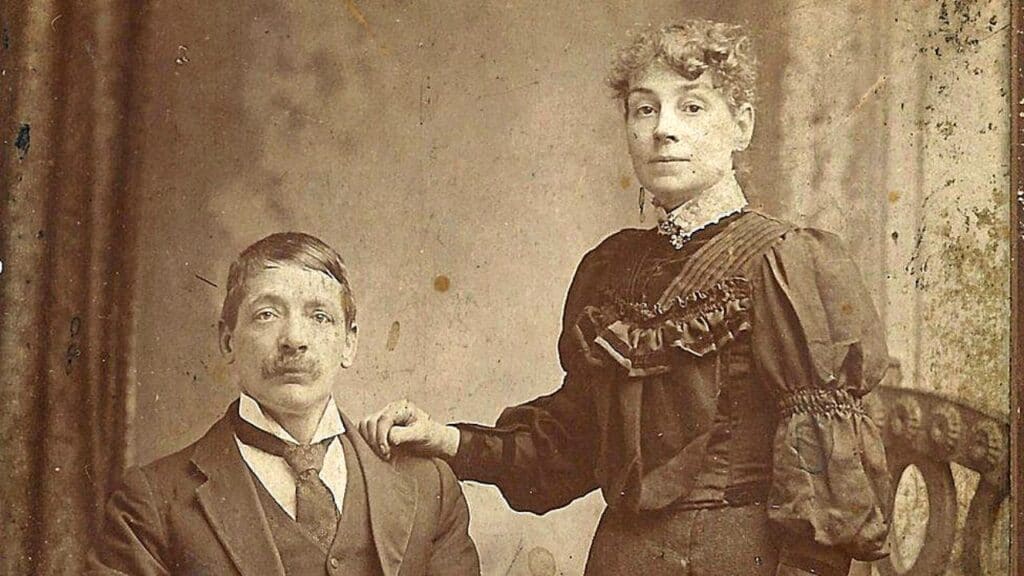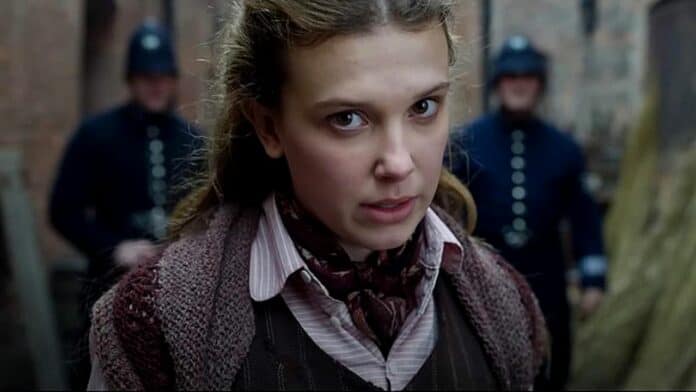In Enola Holmes 2, the titular detective is hired to locate a missing girl who works at a matchstick factory but upon further investigation, she uncovers a major corruption scandal. The film is now streaming on Netflix.
Enola Holmes is trying to establish herself as a competent detective in keeping with her much more illustrious brother, Sherlock. However, people dismiss her because she’s a young girl and she finds it difficult to get out of Sherlock’s shadow.
When a young girl approaches Enola to find her sister, Sarah Chapman, Enola takes the case and begins her investigation. She eventually learns that apart from working at the matchstick factory, Sarah worked a second job as a dancing girl at a theatre and had a gentleman caller.
Her case coincides with the one her brother Sherlock is working on which involves suspicions of corruption and stolen money. After working together, they discover the truth behind Sarah’s disappearance.
Sarah found out that the switch to white phosphorus in the matchstick factory was leading to the death of many girls due to its toxic nature so she gathered evidence along with her friend Mae and her lover, William who was also the son of the factory owner.
The factory owner and the Treasury minister knew about this issue but continued using the substance for their own profits until the Holmes siblings reveal their misdeeds.
A significant moment in history
While the characters of Enola and Sherlock are clearly fictional creations, the premise of this film is a fictionalized retelling of a real-life event that took place in the late 1800s.

Sarah Chapman was a real person who worked at the Bryant & May matchstick factory along with her mother and older sister. In 1888, the matchmakers decided to go on strike due to the poor working conditions in the factory as well as the white phosphorus which was making people sick.
When the management at Byrant & May tried to coerce the employees to sign agreements denying the truth about their plight, it triggered a drastic response as around 1400 women walked out on strike on 5 July 1888.
Chapman was one of the women who met with reformer Annie Beasant in search of support in forming a strike committee. The women eventually formed the Union of Women Match Makers with Chapman as one of the 12 women elected to the committee of the union.
Chapman was also the inaugural representative of the union at the Trades Union Congress (TUC) and was among those who attended the 1888 International Trades Union Congress in London.
Also Read: Enola Holmes 2 review: Bigger and better than the first part

